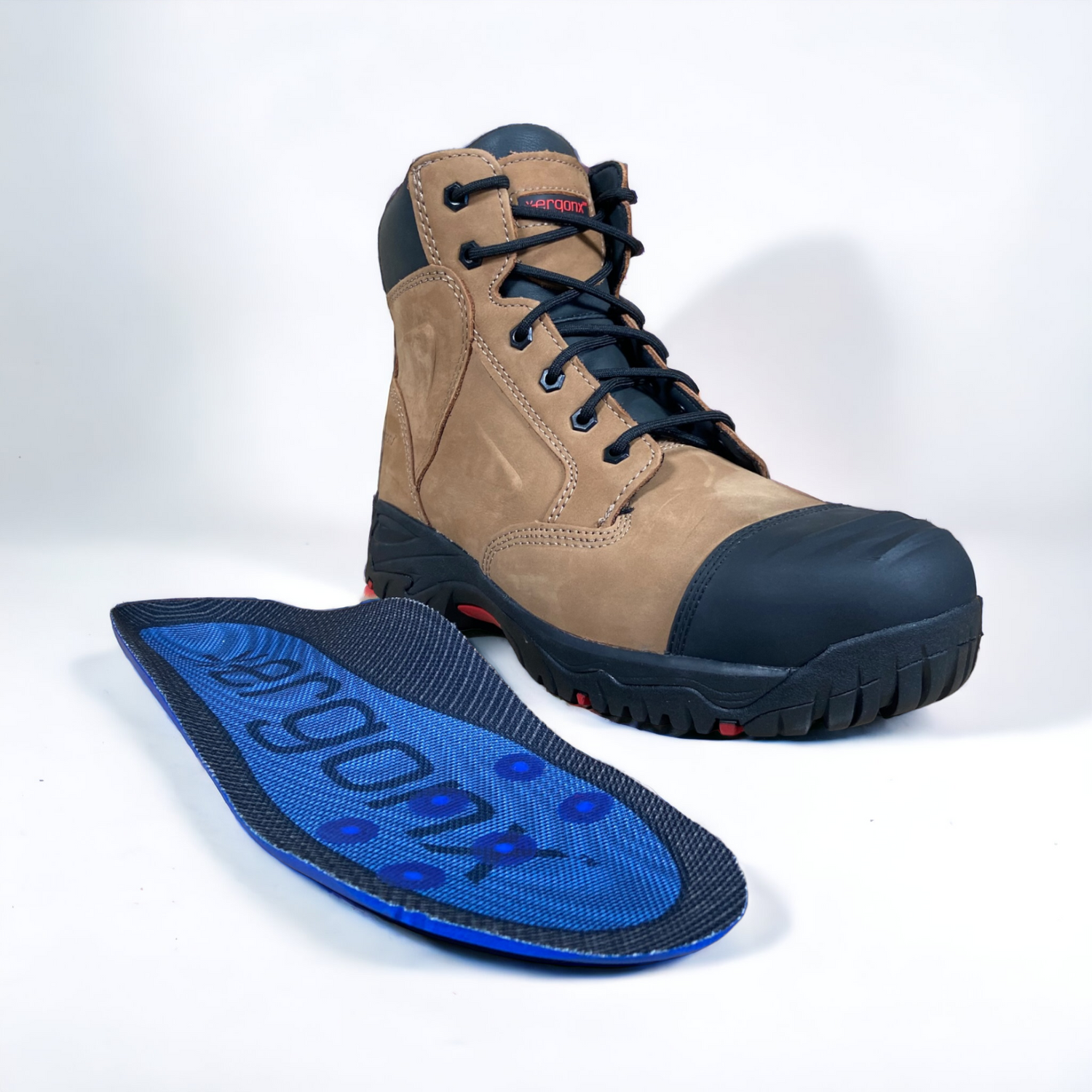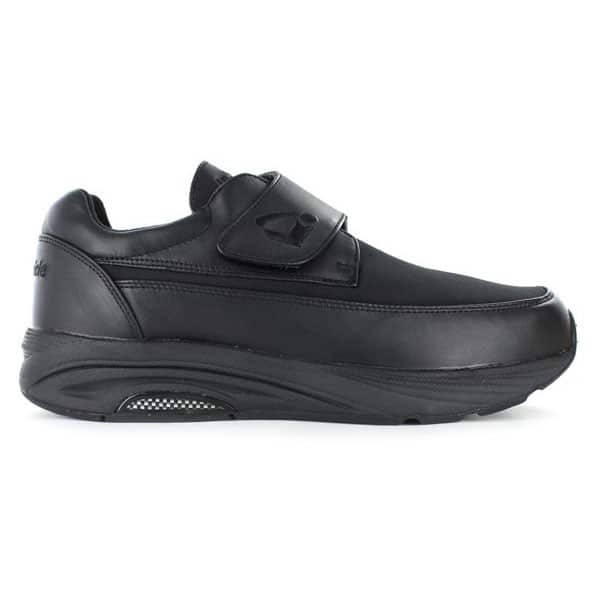Roll Up Back Stretch
What muscles does the roll up back stretch target?
Erector Spinae
Spine
How to perform stretch:
Lay flat on the floor
Bend both knees towards your chest
Try to roll into a ball

Anatomy:
The main muscles stretched are Iliocostalis Lumborum and Thoracis, Longissimus Thoracis, and Spinalis Thoracis muscles. All these belong to erector spinae group, their fibers running primarily in a longitudinal direction and diagonally as well. By contracting bilaterally these muscles stretch the trunk and hold it in a straightened position. On the other hand, their unilateral contraction leads to bending and rotation of the trunk to the same side.
Semispinalis Thoracis, Multifidus and Rotatores form the inner layer of muscles. Their fibers run in a transverse direction; their bilateral action leads to spinal extension.
Interspinalis are the inner segmental muscles also involved in spinal extension.
It also stretches the Thoracic and Lumbar spinal joints.
Advantages:
Not only the thoracic and lumbar spine is stretched, both during flexion and during extension but the abdominal and erector spinae muscles as well.
It is a very beneficial trunk stretch for posture maintenance. It makes you more perceptive of the position of the pelvis and how it shifts during different body movements such as during walking, running, jumping, bending.
Pelvis forms the base of the trunk. The torso literally sits on it, and therefore, pelvic movements have a major influence on the posture of the trunk while sitting for different activities. This in turn affects the load placed on the muscles and bones.
Regular Range of Movement:
The spine should bend along its entire length. The pelvis should effectively contract to make the coccyx (the tailbone) point in an upward direction.
Lumbar spine bends the most at the level of L5-S1, while the mobility decreases further upwards. It can flex up to 90 degrees, with approximately 10 degrees of flexion occurring at each joint. Lumbar spine cannot be flexed backward to form a rounded curve.
Likewise, Thoracic spine also flexes comparatively freely in the lower level, i.e. at T9-12. It can flex approximately up to 90 degrees. The shape of the joint as well as the ligaments and joint capsule restrict further flexion.





